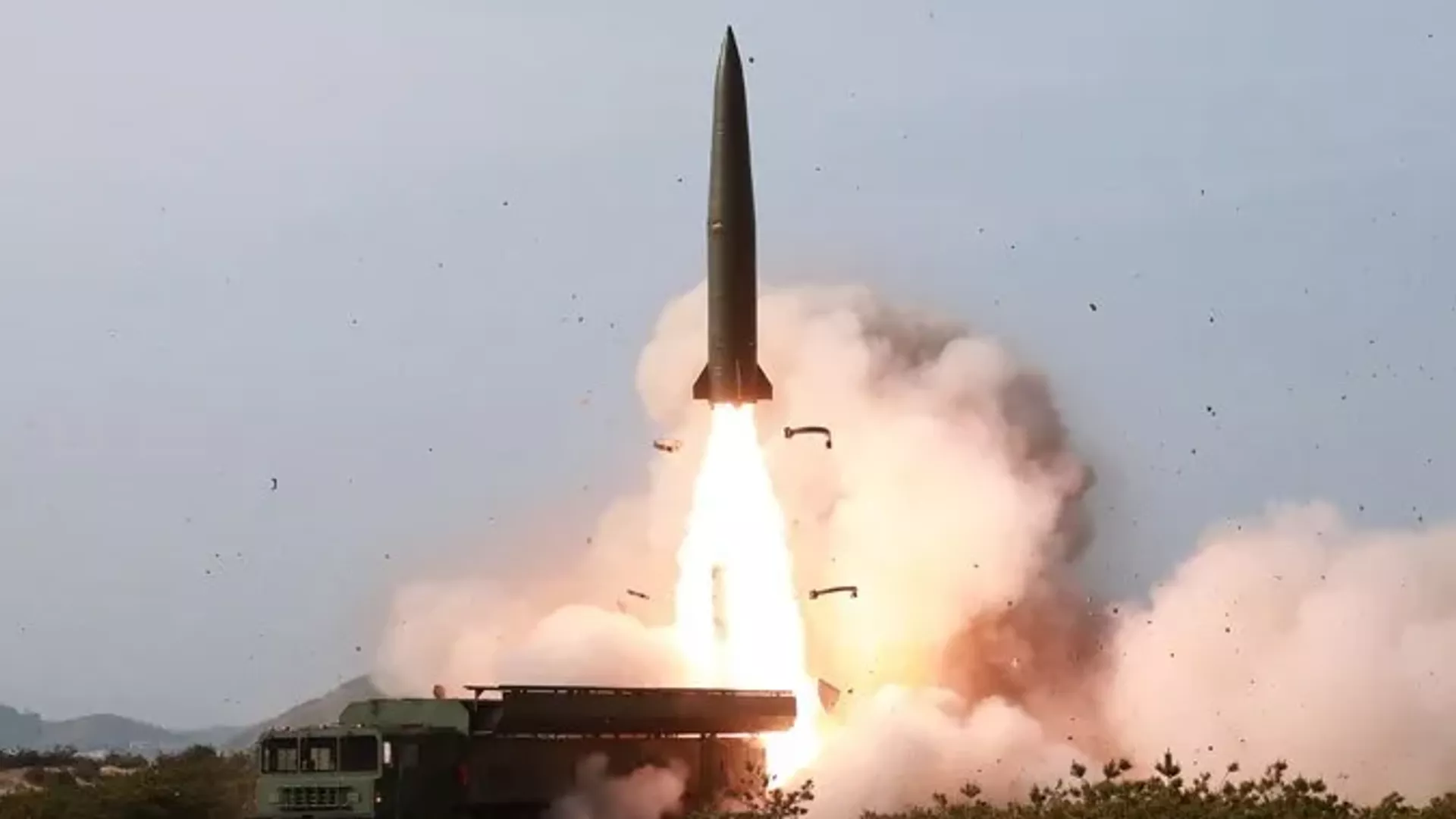South Korea Says It Recovered Wreckage from DPRK Missile Test That Landed in Its Waters
22:37 GMT 07.11.2022 (Updated: 13:34 GMT 18.09.2023)
Subscribe
While North Korea’s long-range ballistic missiles have been the target of UN sanctions, the bevy of shorter-range weapons it’s developed in recent years are not. They’re part of a new stock of weapons designed to evade South Korean and US air defense systems.
South Korea’s Joint Chiefs of Staff said on Tuesday that it had recovered pieces of a short-range ballistic missile (SRBM) test-fired by the North last week. The weapon allegedly crossed the Northern Limit Line (NLL), a line in the Yellow Sea that is recognized by Seoul, but not by Pyongyang, as the maritime border between the Koreas.
According to media reports, the wreckage was retrieved from the seafloor using a drone submersible.
The missile was one of 23 fired off on November 2 into both the Yellow Sea and the Sea of Japan. The Democratic People’s Republic of Korea (DPRK) has engaged in a massive string of such tests since mid-September, saying they were in response to a series of joint US-South Korean drills that rehearsed strikes on the DPRK.
Because the missile crossed the NLL, a UN-designated line that extends the land-based demilitarized zone (DMZ) border, South Korean President Yoon Suk-yeol described the incident as “territorial encroachment.”
"President Yoon Suk-yeol noted North Korea's provocation today was an effective act of territorial encroachment by a missile intruding the NLL for the first time since (the two Koreas') division," a spokesperson for Yoon’s office said on the day of the incident.
The missile landed about 40 miles from shore, outside South Korea’s territorial waters - a fact the spokesperson admitted when asked why it had not been intercepted.
"Strictly speaking, it did not land in our territory but in the Exclusive Economic Zone under our jurisdiction, therefore it was not subject to interception,” they explained.
White House national security spokesperson John Kirby also called the North Korean launches "reckless" and said they would justify further US military deployments to the region. The US has already deployed an aircraft carrier and an amphibious assault ship near Korea, and sent B-1B strategic bombers to Guam, an island in the western Pacific.
The Two Koreas separated at the end of World War II, when the northern half was liberated by the Soviet Red Army, but the southern half remained under Japanese control until the September 1945 surrender to the Allies.
The US-aligned government that took control in the South soon found itself locked in a civil war with the communist-controlled North, and in 1950 a communist offensive nearly overran the South. A US-led intervention on the South’s side was met by a massive volunteer force from China that joined the North’s armies, and by the time a ceasefire was agreed to in 1953, the country had been devastated and at least 2 million people killed. However, no permanent peace treaty was ever signed, meaning the state of war has technically continued to the present.
The DPRK says it needs its ballistic missiles and nuclear weapons to guarantee its security. Meanwhile, the US maintains a 28,500-strong garrison in the South. While a Pyongyang-Seoul rapprochement in 2018 seemed likely to heal many old wounds, it collapsed amid US intransigence and Yoon’s more conservative government won elections earlier this year, spelling a likely end to the chances of intra-Korean cooperation in the near future.




